Ad
Ad
Govt Plans Stricter Fuel Efficiency Norms for Commercial Vehicles from 2027
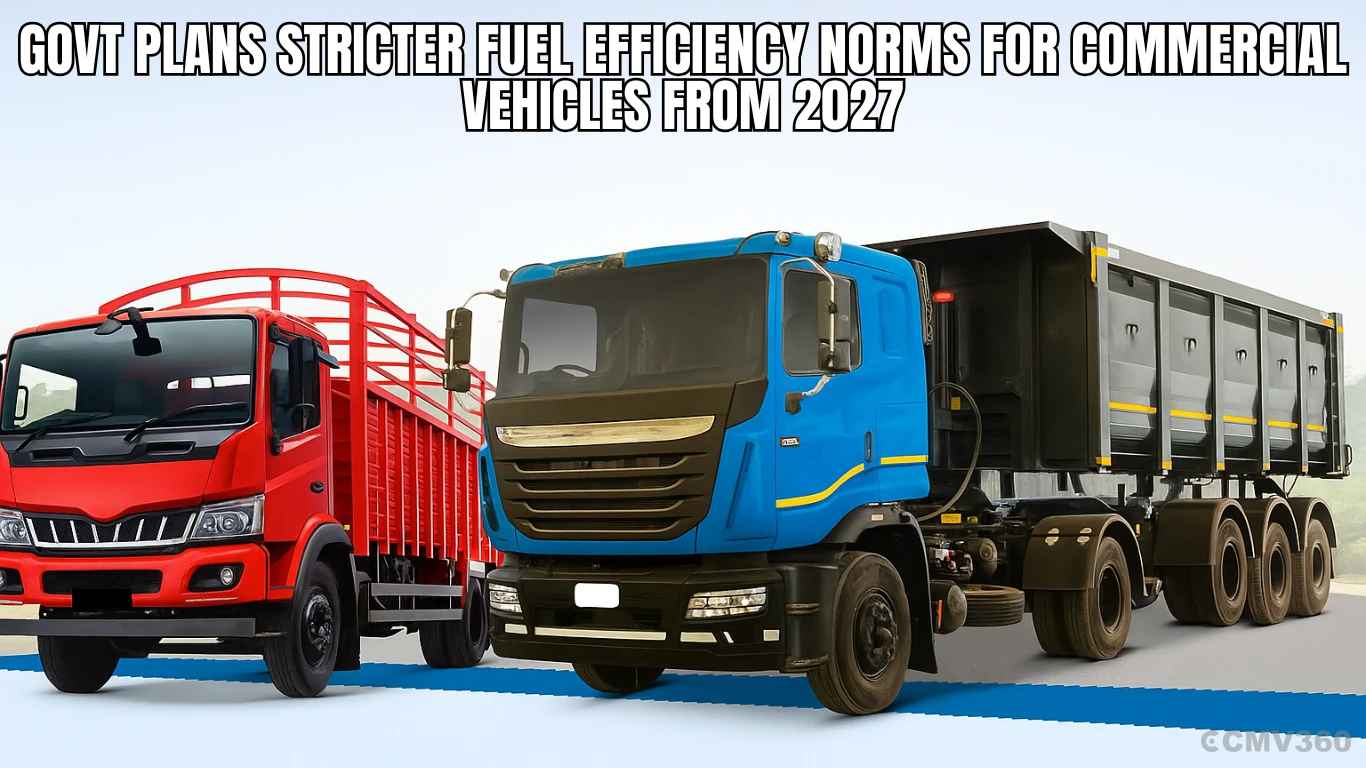
Key Highlights
New fuel efficiency norms proposed for 2027–2032.
Light Commercial Vehicles are included for the first time.
Targets 30% fuel consumption reduction from the new baseline.
Applies to all fuel types, including CNG, petrol, and electric.
Super Credits offered for EVs, hybrids, and clean fuel vehicles.
The Indian government has released a draft proposal to implement the second phase of fuel efficiency norms for commercial vehicles (CVs). These new norms aim to reduce fuel consumption by 30% between 2027 and 2032, compared to a fresh baseline calculated using data from the 2022–23 financial year.
Light Commercial Vehicles Now Included
For the first time, Light Commercial Vehicles (LCVs) with a gross vehicle weight (GVW) under 3,500 kg will be included in these fuel efficiency rules. Until now, only heavier diesel vehicles were covered, but the new norms will apply to all fuel types, including CNG, petrol, electric, and hybrid vehicles.
This inclusion of LCVs is expected to benefit small business owners by lowering operating costs and improving fuel efficiency, while also helping India reduce overall vehicle emissions.
Vehicle Categories Covered
The second phase of norms will apply to the following vehicle categories:
M2 & M3: Passenger carriers with more than 8 seats.
N1: Goods vehicles under 3.5 tonnes.
N2: Goods vehicles between 3.5 to 12 tonnes.
N3: Goods vehicles above 12 tonnes.
Earlier, Constant Speed Fuel Efficiency (CSFC) norms were introduced in 2017 for M3 and N3 vehicles, and expanded in 2019 to include M2 and N2 vehicles. Passenger cars (M1) already follow Corporate Average Fuel Economy (CAFE) standards.
New Fuel Efficiency Targets
The draft proposes that N1 vehicles must reduce fuel consumption by 22% from the new baseline. This will be tested using the Modified Indian Driving Cycle (MIDC) method. The Bureau of Energy Efficiency (BEE) also noted a 16% difference between MIDC and global test methods like WLTP, aiming to bring Indian standards closer to international norms.
Incentives for Cleaner Vehicles
To encourage the use of cleaner technology, the government plans to offer Super Credits for vehicles like:
Battery Electric Vehicles (BEVs)
Fuel Cell Vehicles (FCVs)
Plug-in Hybrids (PHEVs)
Range Extender EVs
Strong Hybrids
These vehicles will receive extra credit for reducing fuel use and emissions, helping manufacturers balance their fleet-wide fuel efficiency scores.
Standardized Testing and Fleet Compliance
Fuel consumption will be tested at standard speeds of 40 km/h and 60 km/h. The draft also proposes a fleet-wide compliance system, meaning manufacturers must ensure their entire vehicle range meets the efficiency targets, not just individual models.
The system focuses on fuel consumption per unit of payload, encouraging companies to develop more fuel-efficient vehicles across all segments.
Background and Future Implementation
The government rolled out Phase 2 CAFE norms for passenger cars in April 2022. However, for LMCVs and HDVs, only the first phase has been in place. This new proposal marks a major update, as it extends second-phase norms to all key commercial vehicle segments, including M2, M3, N1, N2, and N3.
With this move, India aims to enhance fuel efficiency, support cleaner vehicle technologies, and reduce emissions in the commercial transport sector, paving the way for a more sustainable future.
Also Read: Eicher Launches Pro Plus Series to Boost Light and Medium Truck Market
CMV360 Says
The proposed second phase of fuel efficiency norms marks a major step in India’s push for cleaner, more efficient commercial transport. By covering all fuel types and including light commercial vehicles, the rules aim to lower emissions and reduce fuel costs. These measures will benefit small businesses, promote advanced vehicle technologies, and support India’s long-term environmental and energy efficiency goals.
News
FADA Retail CV Sales November 2025 Report: 94,935 Units Sold, Tata Leads Market, Mahindra Close Behind
India’s CV retail sales reached 94,935 units in November 2025. Tata led the market, followed by Mahindra. LCVs dominated volumes, while electric mobility continued gainin...
08-Dec-25 10:20 AM
Read Full NewsAndhra Pradesh Announces 1,000 Electric Buses and 5,000 EV Charging Stations
AP approves 1,000 electric buses and 5,000 charging stations to modernise transport, cut pollution, support women commuters, and push renewable energy development across ...
08-Dec-25 06:46 AM
Read Full NewsCMV360 Weekly Wrap-Up | 1st–6th Dec 2025: VinFast EV Buses, Mahindra & Sonalika Tractor Records, Moonrider Funding, CV Sales Surge & EV 3-Wheeler Boom
CMV360’s Weekly Wrap (1st–6th Dec 2025) captures major EV bus updates, strong CV and tractor sales, rising electric 3-wheeler demand, and key policy boosts shaping India’...
06-Dec-25 09:36 AM
Read Full NewsTVS Motor Hits New Record: Sells 18,000+ Electric 3-Wheelers in 11 Months
TVS Motor records 18,116 electric 3W sales in 11 months, with November hitting a new high. Strong demand for King EV Max and Kargo HD EV boosts market share....
06-Dec-25 05:54 AM
Read Full NewsVinFast to Invest ₹4,000 Crore in Tamil Nadu for E-Bus Production
VinFast to invest ₹4,000 crore in Tamil Nadu to expand e-bus and e-scooter production, boost EV capacity, create jobs, and support India’s fast-growing green mobility eco...
05-Dec-25 06:06 AM
Read Full NewsElectric Three-Wheeler Sales Report – November 2025: YC Electric, Zeniak Innovation & J.S. Auto Lead the Market
November 2025 shows strong e-cart growth led by J.S. Auto and YC Electric, while e-rickshaw sales remain mixed with sharp gains from Zeniak Innovation and stable performa...
05-Dec-25 05:44 AM
Read Full NewsAd
Ad
Latest Articles
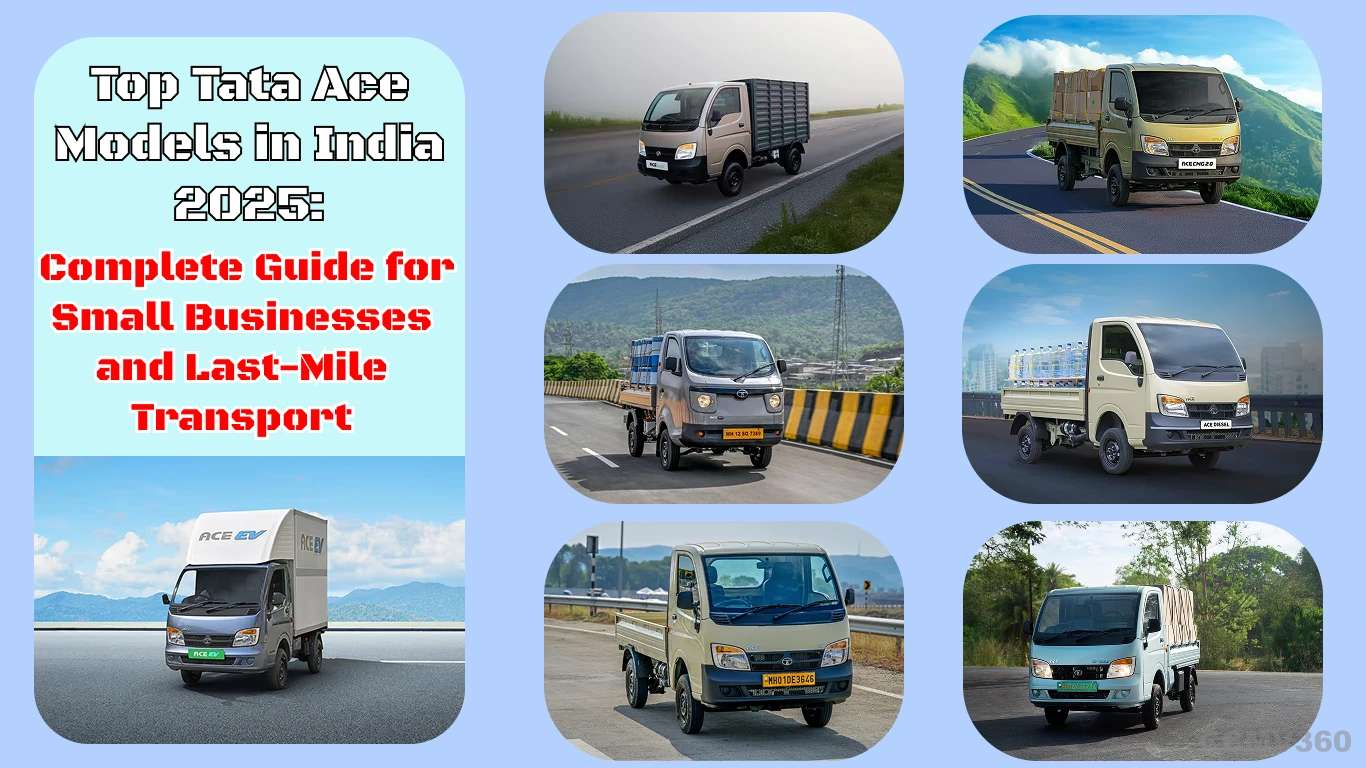
Top Tata Ace Models in India 2025: Complete Guide for Small Businesses and Last-Mile Transport
19-Nov-2025

Tata Ace Pro vs Tata Ace Gold: Which Mini Truck is Better for Your Business in 2025?
13-Nov-2025
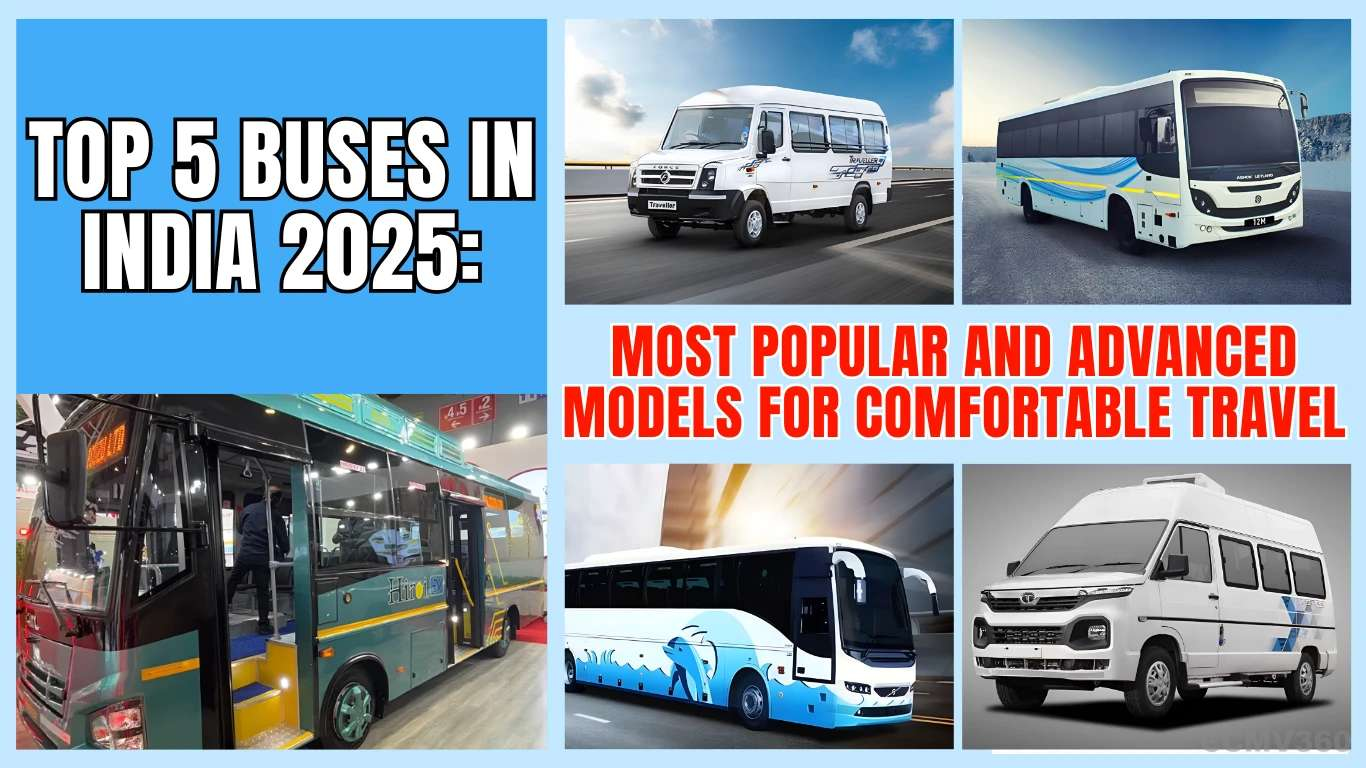
Top 5 Buses in India 2025: Most Popular and Advanced Models for Comfortable Travel
06-Nov-2025
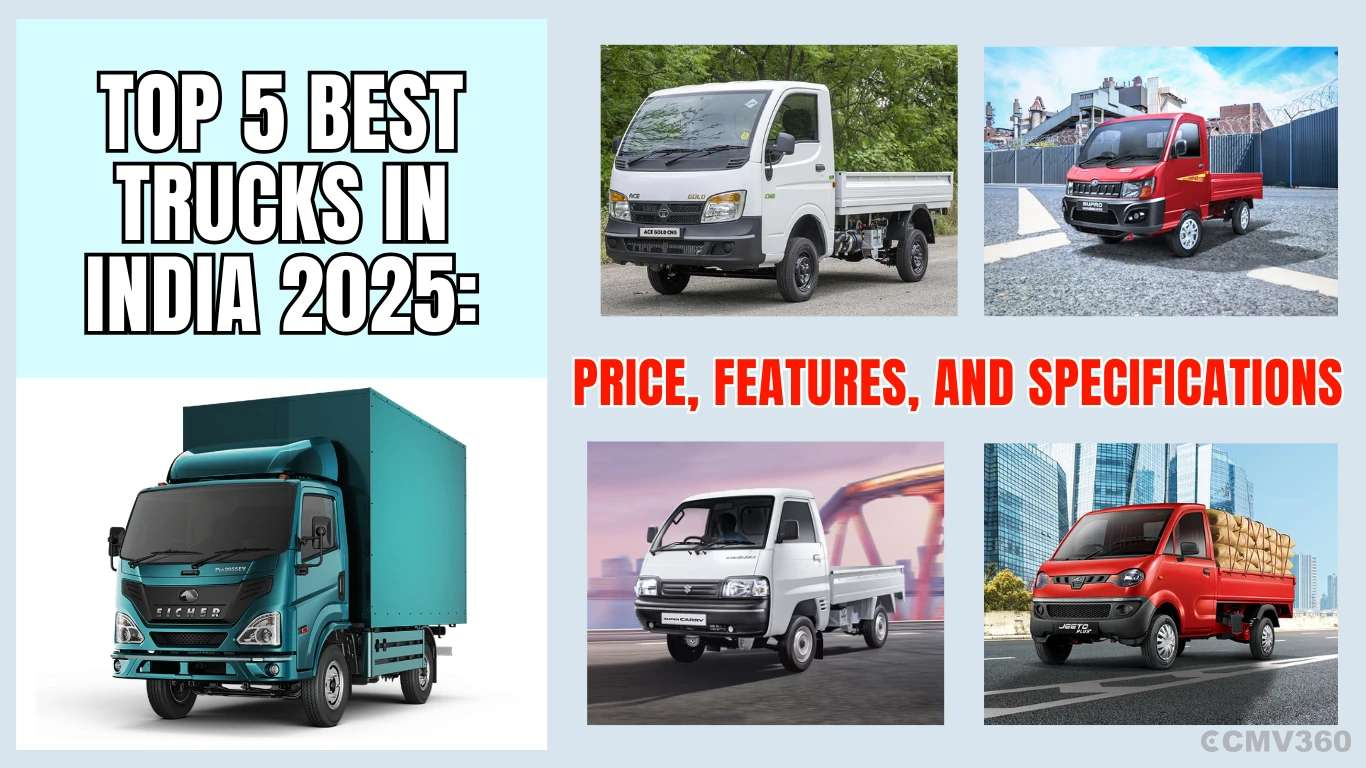
Top 5 Best Trucks in India 2025: Price, Features, and Specifications
31-Oct-2025

Euler Turbo EV1000 vs Tata Ace Gold Diesel: The 1-Tonne Battle Between Electric and Diesel Trucks
28-Oct-2025
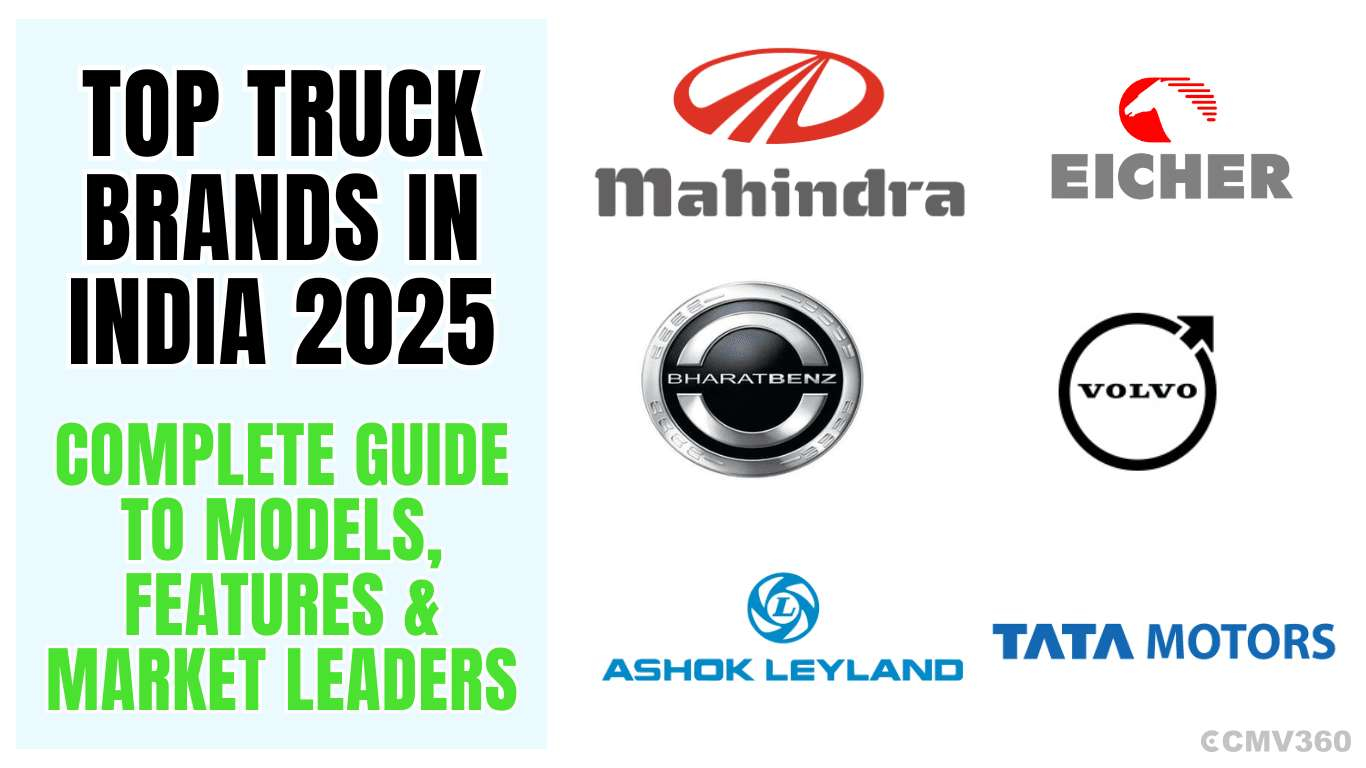
Top Truck Brands in India 2025: Complete Guide to Models, Features & Market Leaders
13-Oct-2025
View All articles





